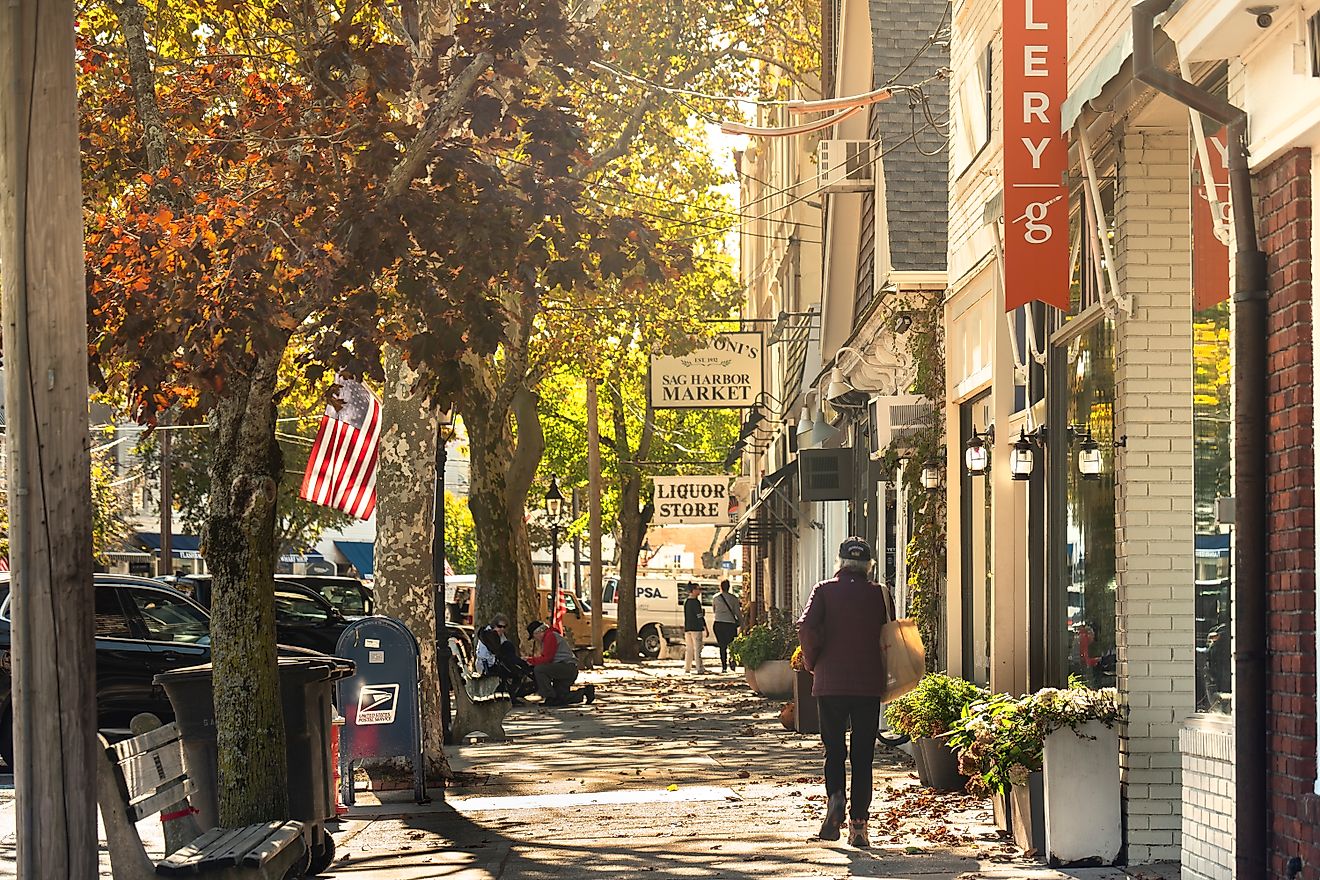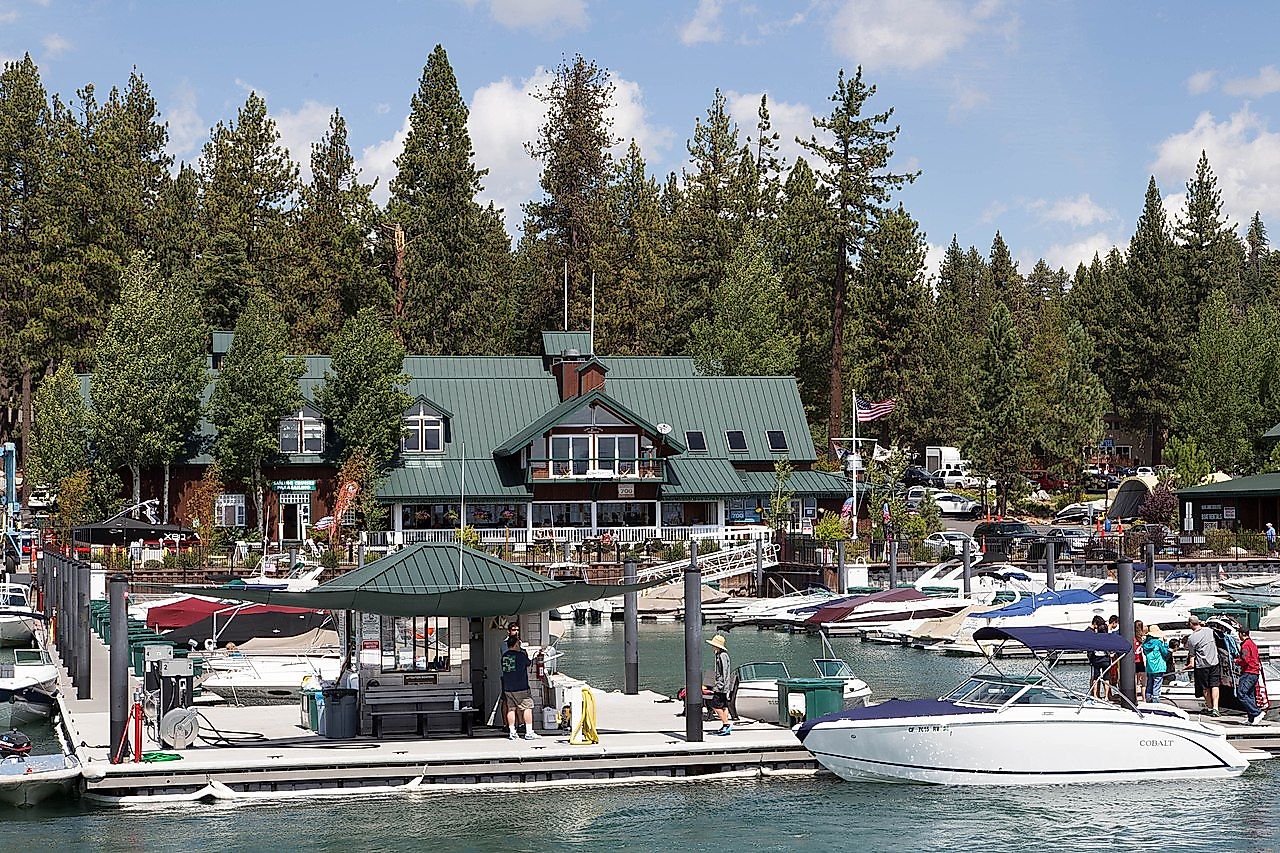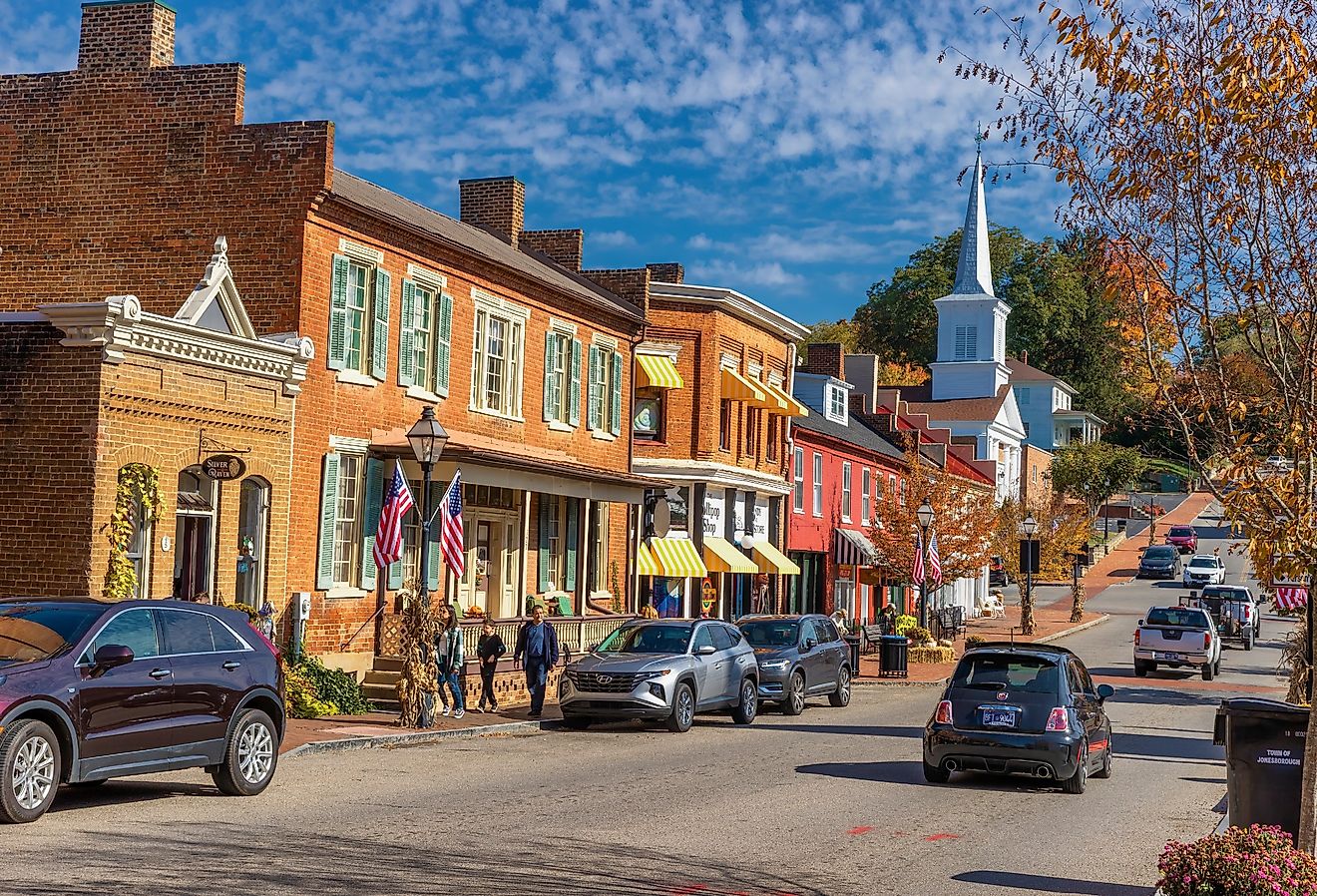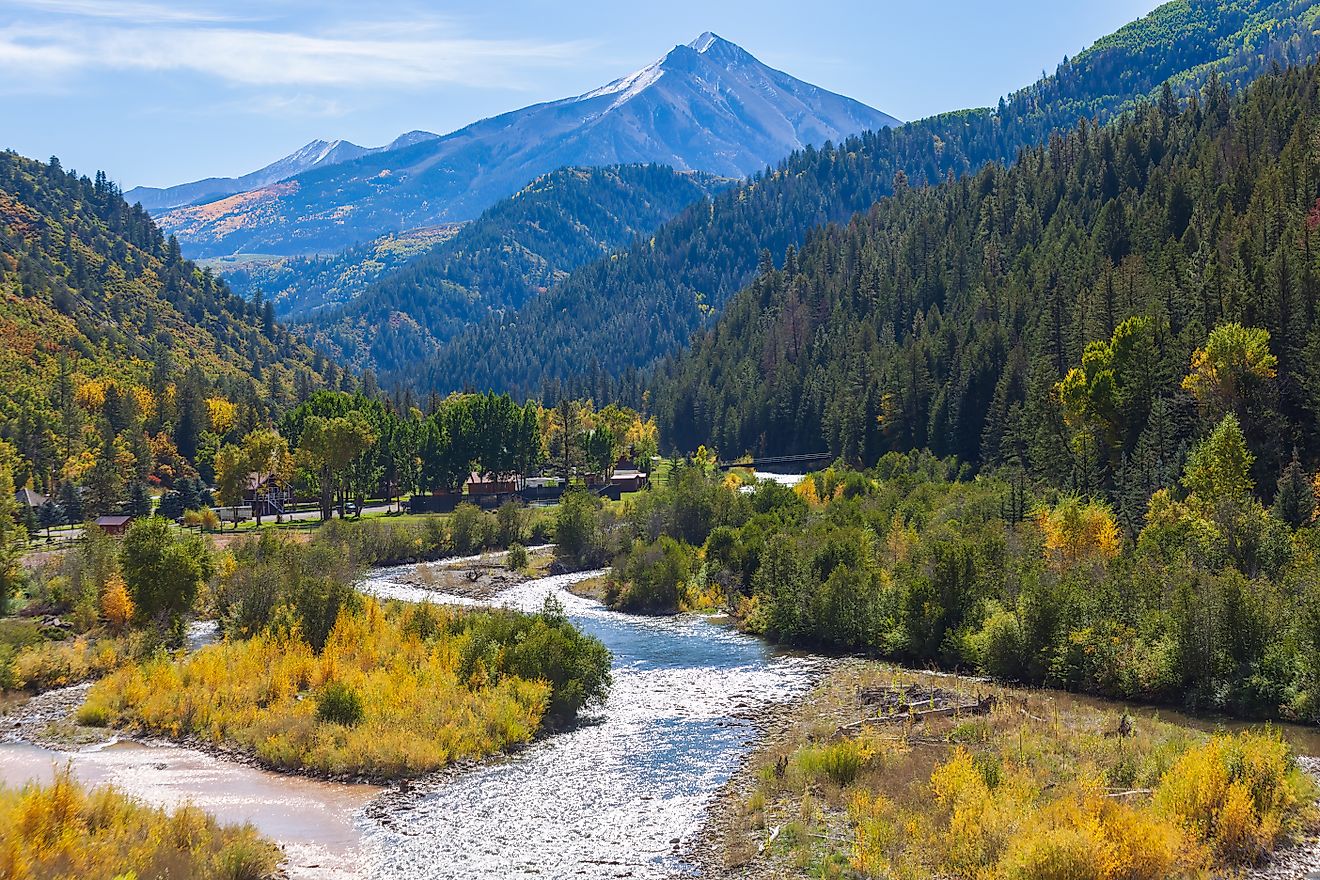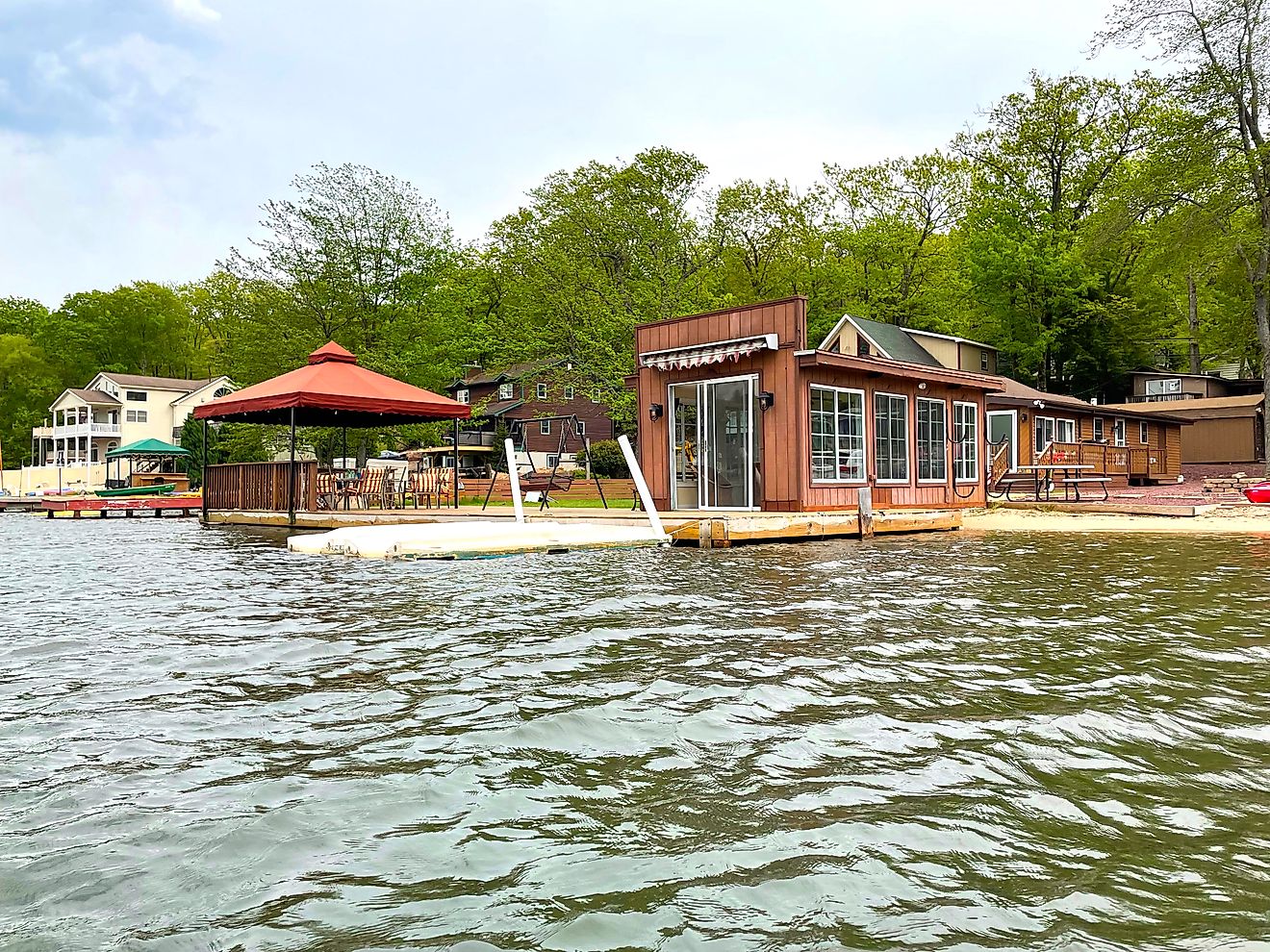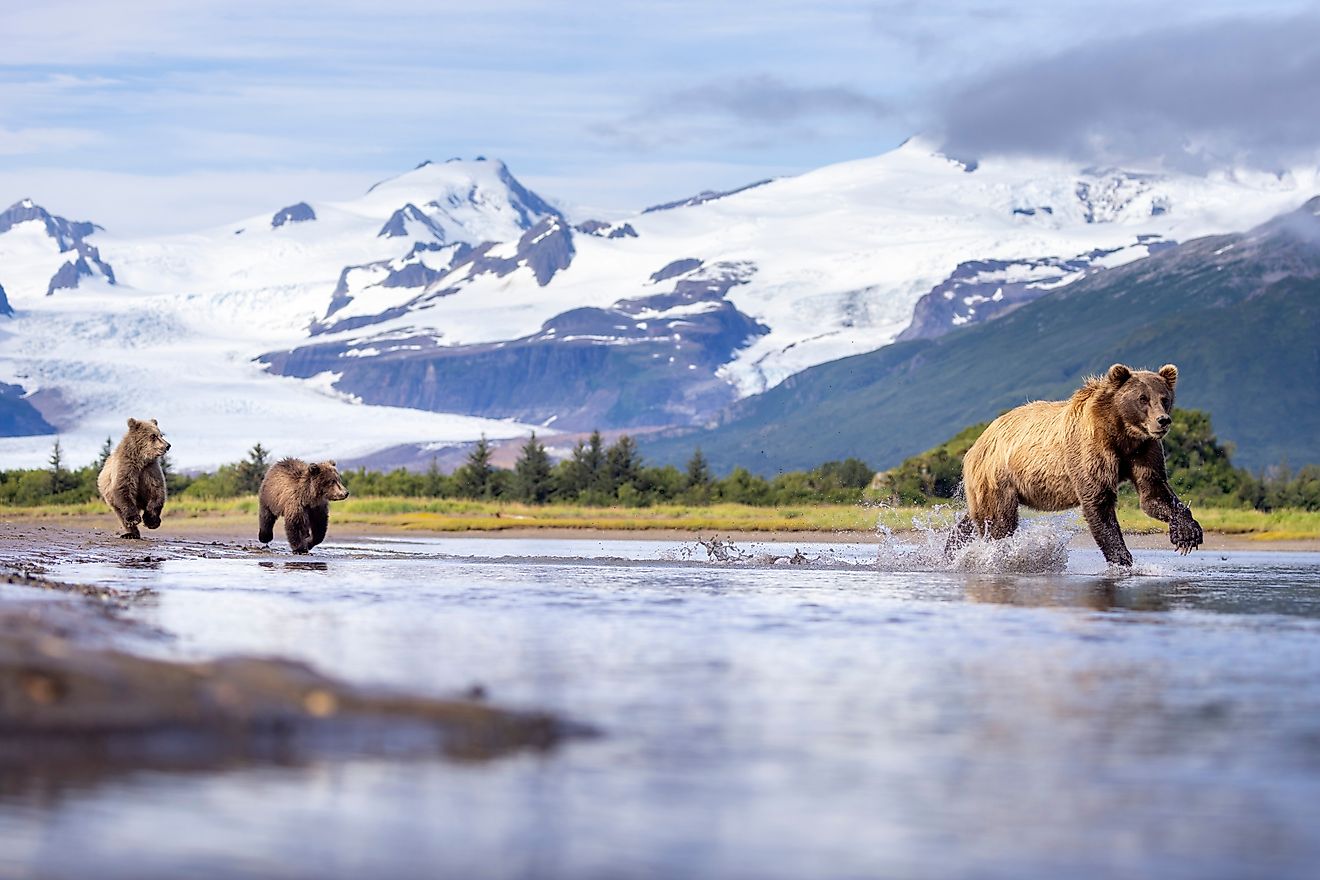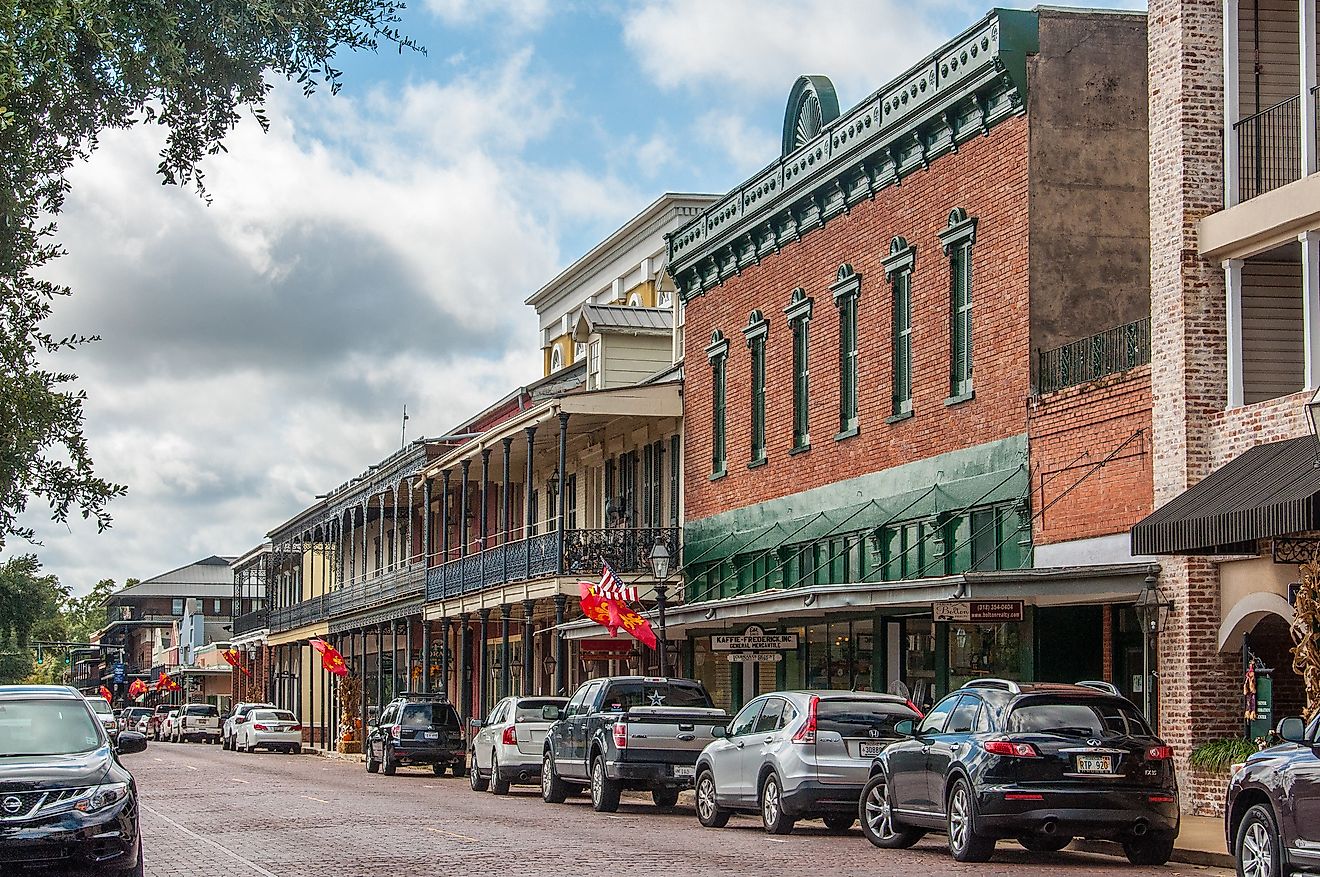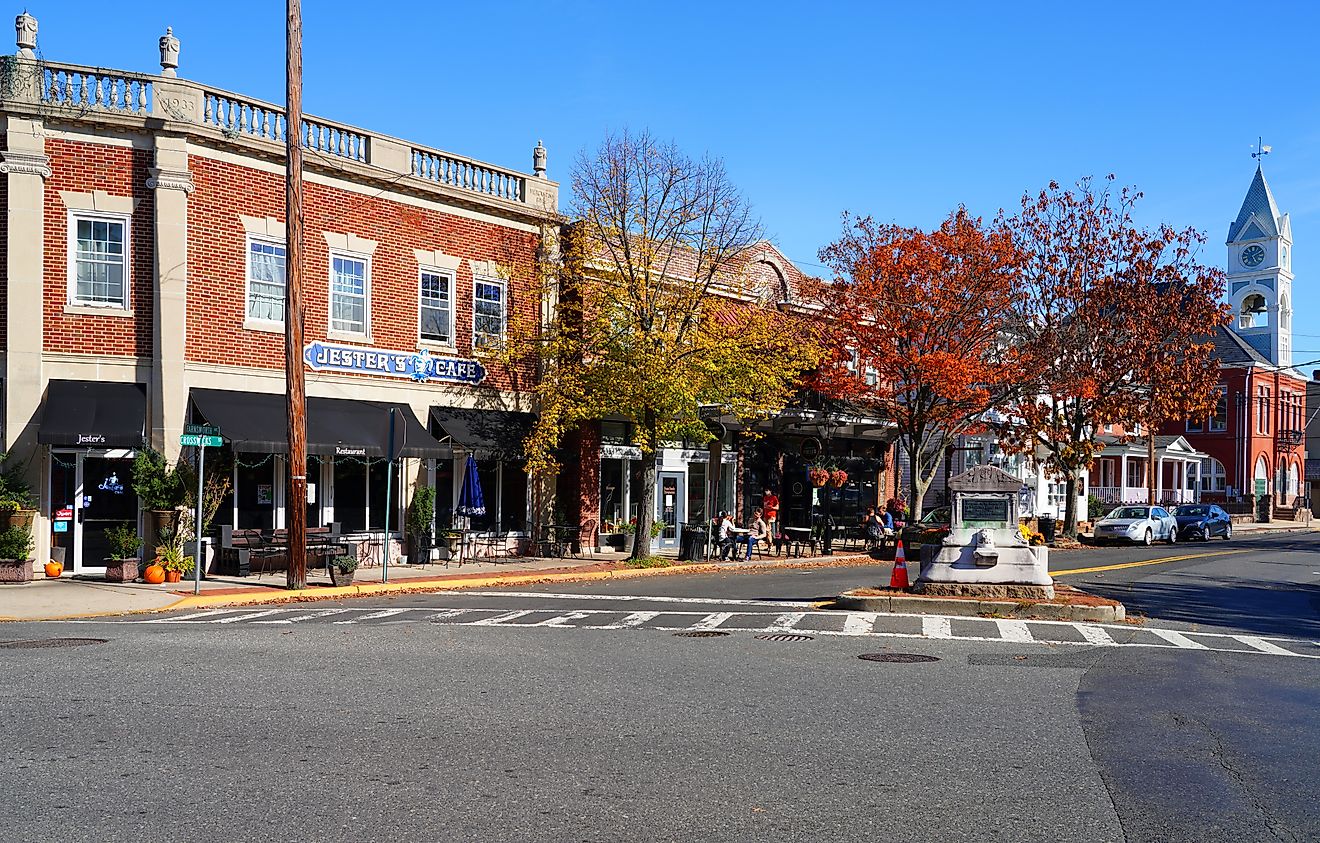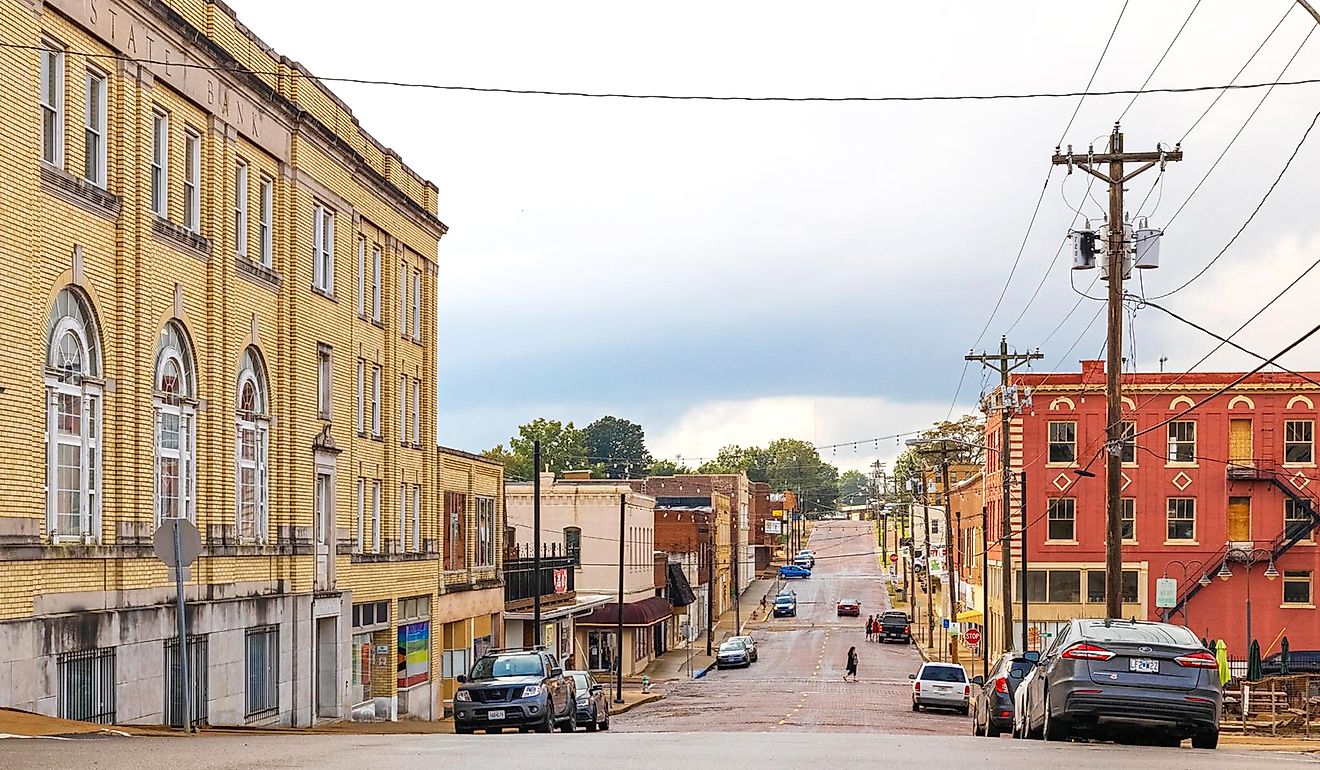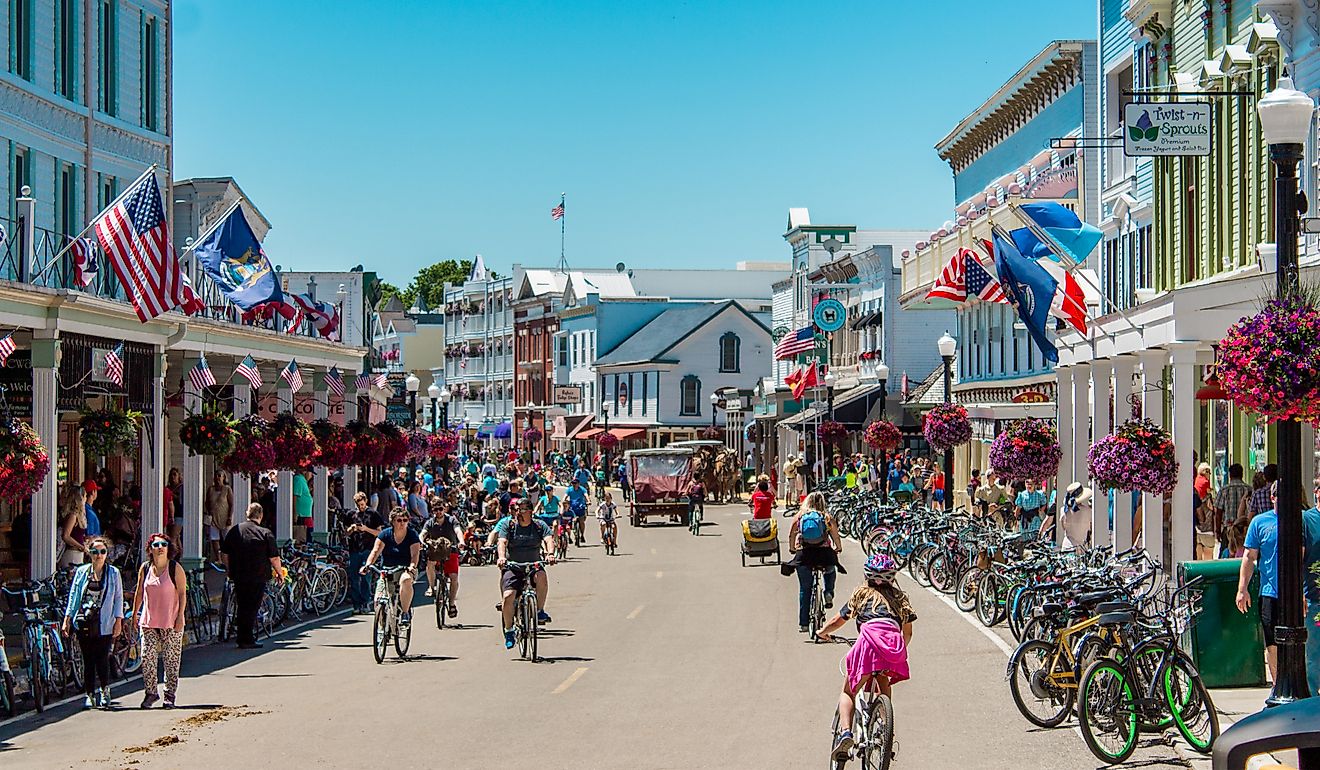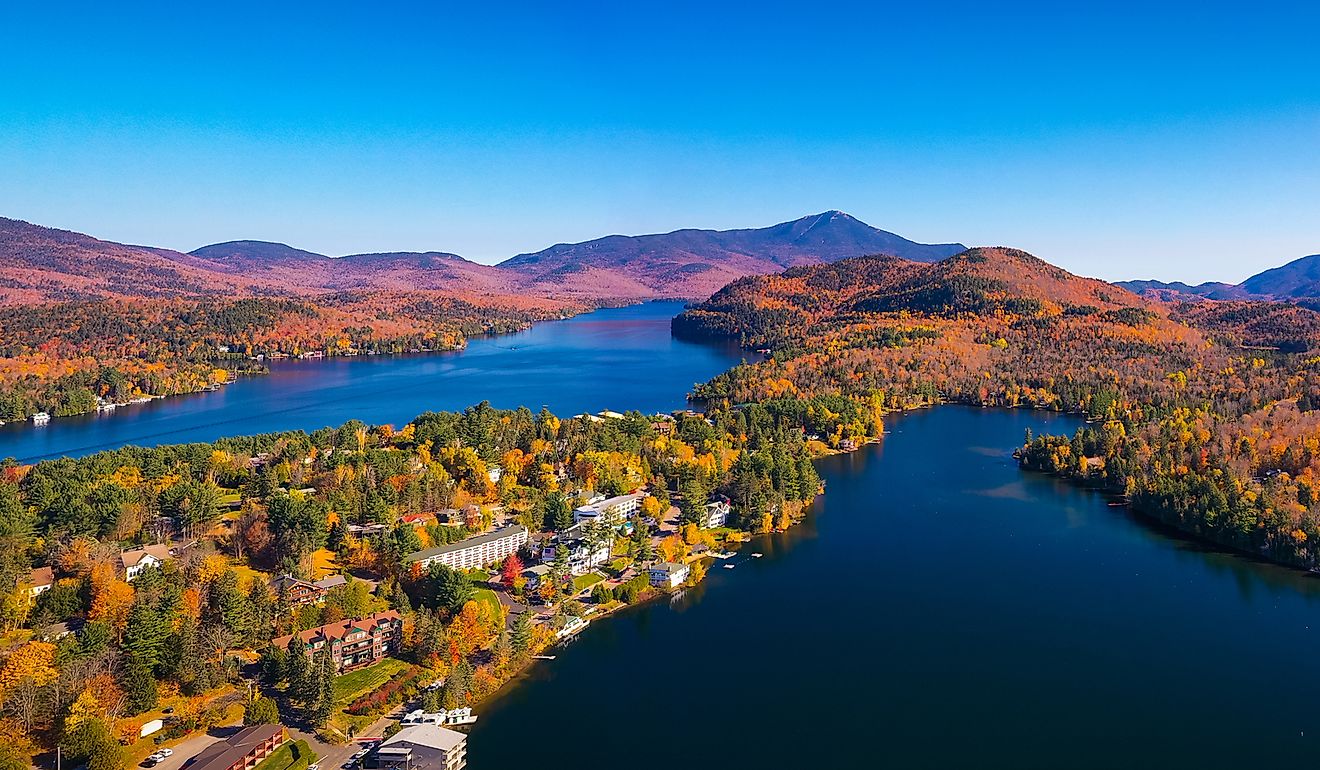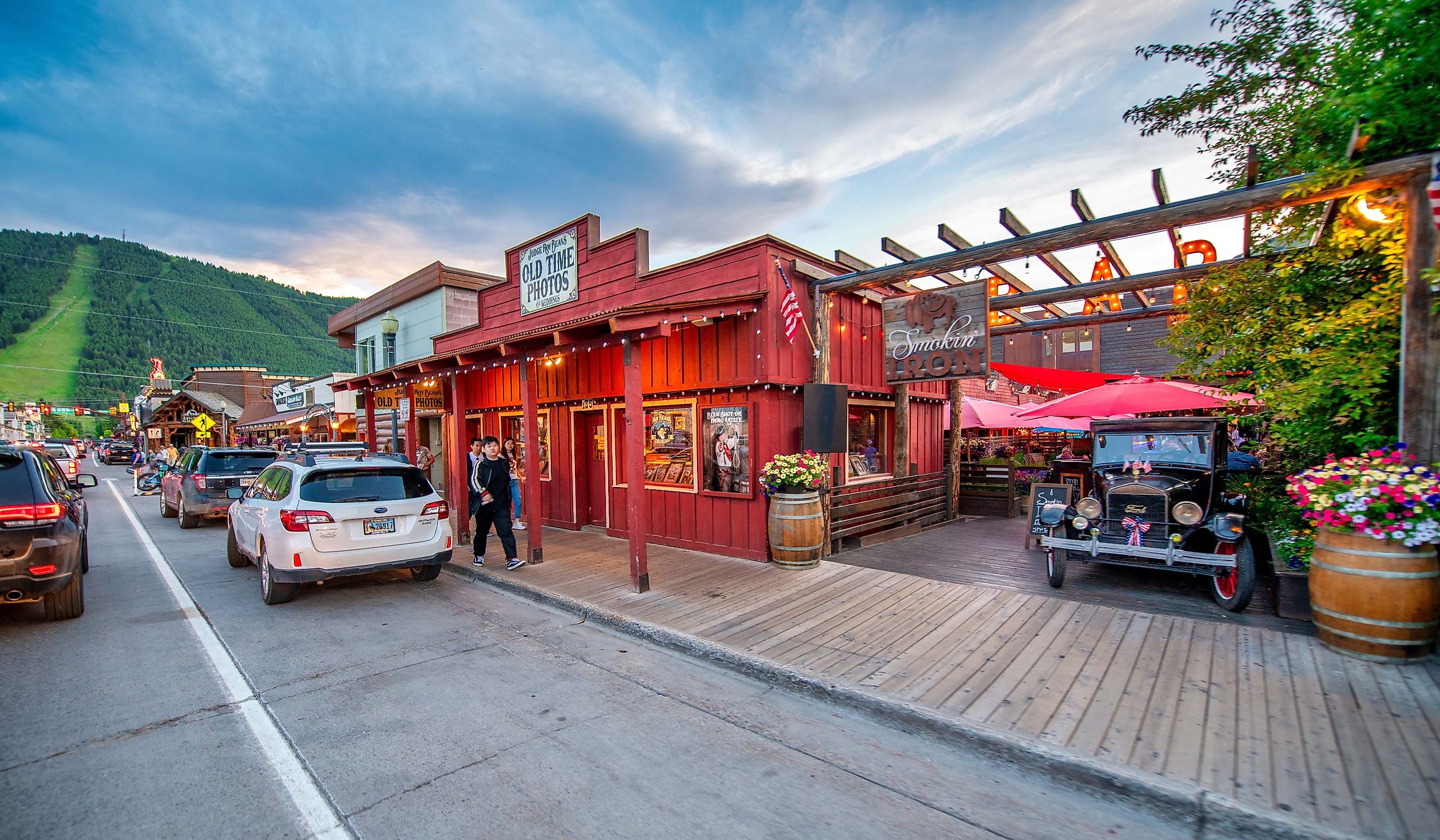
8 Picture-Perfect Main Streets In Wyoming
Wyoming’s main streets tell the story of towns shaped by ranching, railroads, and mountain life. In Buffalo and Sheridan, old brick hotels, saddle shops, and western art galleries still line the sidewalks. Jackson’s elk-antler arches and sweeping mountain views look like they belong on a postcard.
Local shops, weekend events, and long-running traditions unfold beside buildings that have stood for over a century. Laramie’s Grand Avenue features bookshops, coffee roasters, and a restored train depot, while Rock Springs adds bold murals and art that celebrate its coal city roots. These eight main streets reflect the heart of their communities and are still worth exploring today.
Buffalo
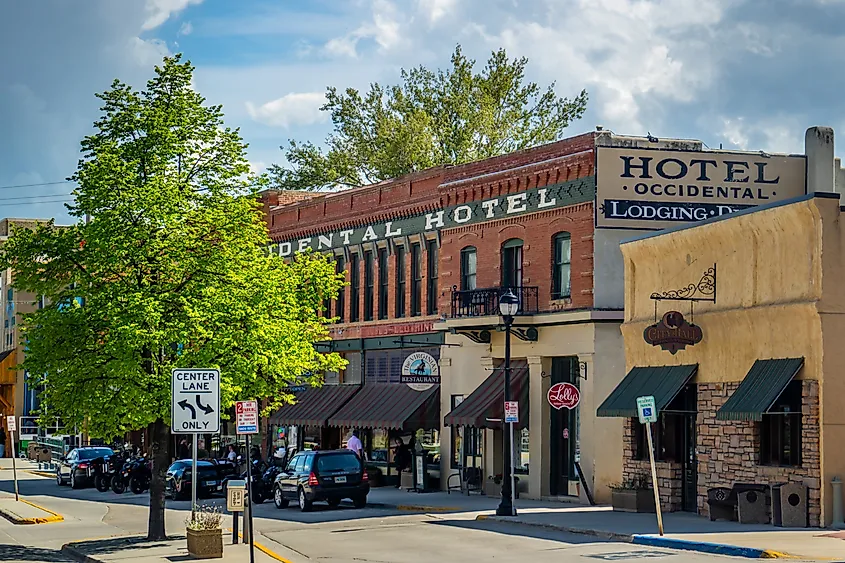
Buffalo’s Main Street holds onto its frontier roots, with brick storefronts, views of the Bighorn Mountains, and stories that date back over a century. The Occidental Hotel is its centerpiece, a restored landmark where Teddy Roosevelt and Butch Cassidy once stayed, and the original saloon still serves drinks beneath pressed-tin ceilings.
A short walk across the street brings you to the Jim Gatchell Memorial Museum, housed in a former Carnegie library and filled with thousands of artifacts from early Wyoming life. Just a block away, Crazy Woman Square hosts live music and public art inspired by local legends. Shops range from custom leather and saddlework to antique stores and old-school diners. With historic charm, mountain backdrops, and plenty to explore in just a few blocks, Main Street in Buffalo feels like Wyoming on full display.
Lander
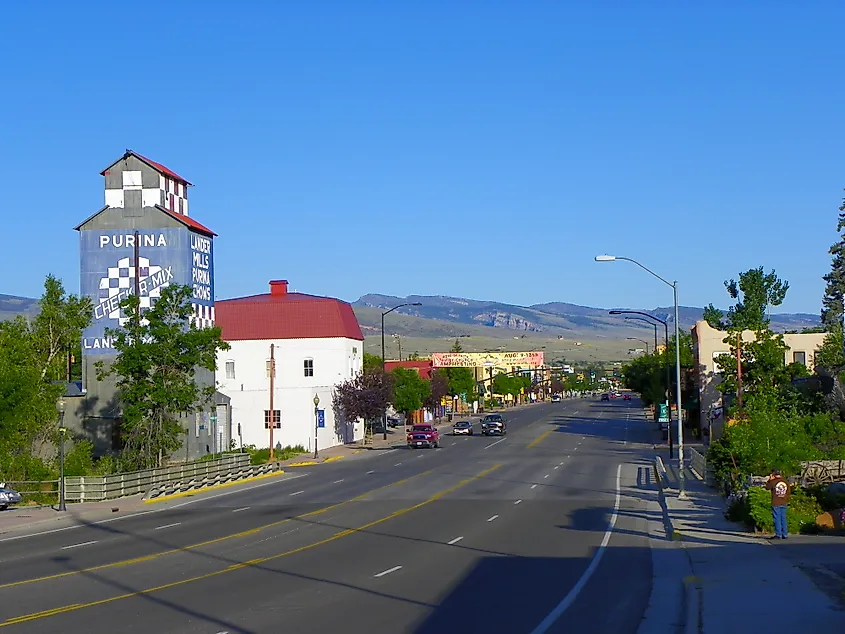
Lander’s Main Street stretches along the Wind River Range, with wide sidewalks, old storefronts, and a rugged atmosphere that reflects its climbing and cowboy roots. NOLS, the National Outdoor Leadership School, has its headquarters here, drawing adventurers from all over the world, and the Lander Bar keeps things lively in a restored 1908 saloon building with an upstairs grill and a rooftop patio.
Just down the street, the Fremont County Pioneer Museum showcases everything from Native American artifacts to trapper cabins, offering a grounded look at the area’s early settlers. A few blocks over, City Park becomes a summer hub with festivals, free campsites, and access to the Popo Agie River. Shops along the strip sell everything from fly-fishing gear to handcrafted jewelry, while coffeehouses and bakeries give Main Street a laid-back rhythm unique to this mountainside community.
Jackson
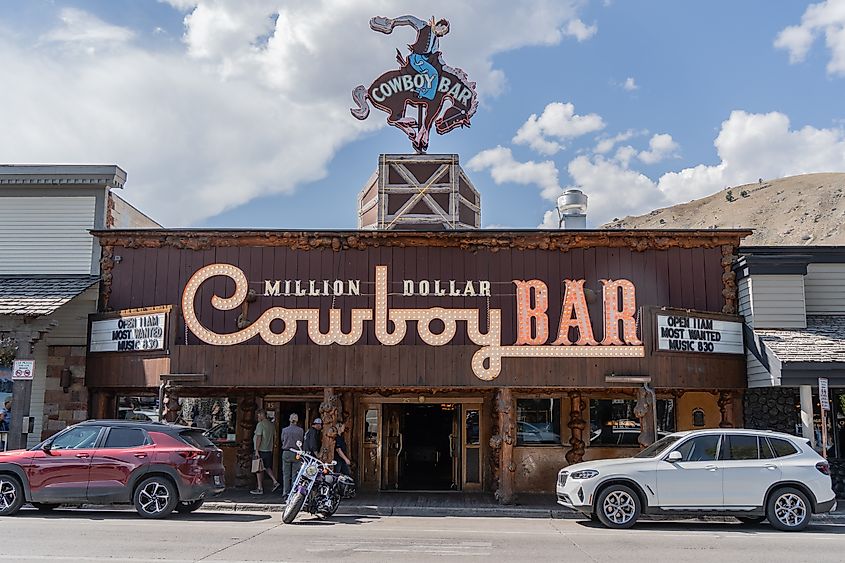
Jackson’s downtown is anchored by its signature Town Square, where four towering archways made from shed elk antlers frame entrances to a lively line of shops and boardwalks. Main Street, officially Cache Street and Broadway Avenue, runs right through it, lined with western art galleries, independent outfitters, and restaurants serving everything from bison burgers to upscale alpine fare.
The historic Wort Hotel, built in 1941, still draws in guests with its cowboy-glam interiors and silver-dollar-studded bar. A few blocks away, the Jackson Hole Historical Society & Museum houses artifacts from early trappers, settlers, and Indigenous communities. Even when it’s not ski season, Jackson buzzes with activity. Summer art walks, rodeo nights, and quick access to Grand Teton National Park make its walkable main drag a launchpad for adventure as much as a destination on its own.
Sheridan
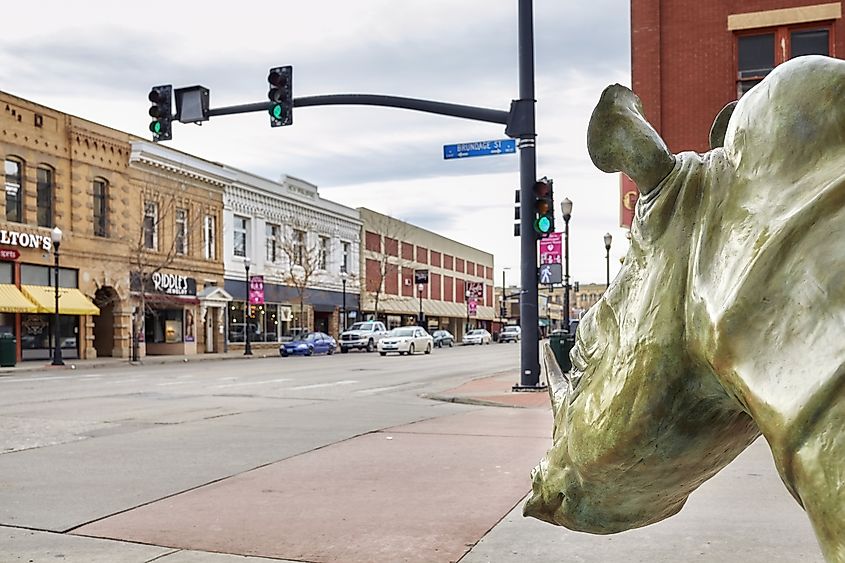
Main Street in Sheridan runs beneath the shadow of the Bighorns, with over a dozen blocks of restored buildings that reflect its cowboy-meets-craftsman roots. The historic WYO Theater, opened in 1923, still lights up the street with live performances and film screenings. Nearby, King’s Saddlery and Museum showcases handcrafted saddles and ropes, along with a vast private collection of western memorabilia.
Just a short walk away, the Sheridan Inn, once co-owned by Buffalo Bill, stands as a testament to its role in frontier showmanship, offering tours and a cozy tavern. Local art lines the sidewalks, from bronze sculptures to painted utility boxes, turning it into an open-air gallery. Locally-owned shops sell everything from outdoor gear to artisan chocolates, and there is no shortage of spots to stop for coffee or a pint.
Cody

Cody’s Sheridan Avenue rolls out like a western movie set. This street is filled with wooden boardwalks, brick buildings, and murals that speak to the legacy of its founder, Buffalo Bill. At the Irma Hotel, built in 1902 and named after his daughter, you can still grab a seat at the original cherrywood bar gifted by Queen Victoria.
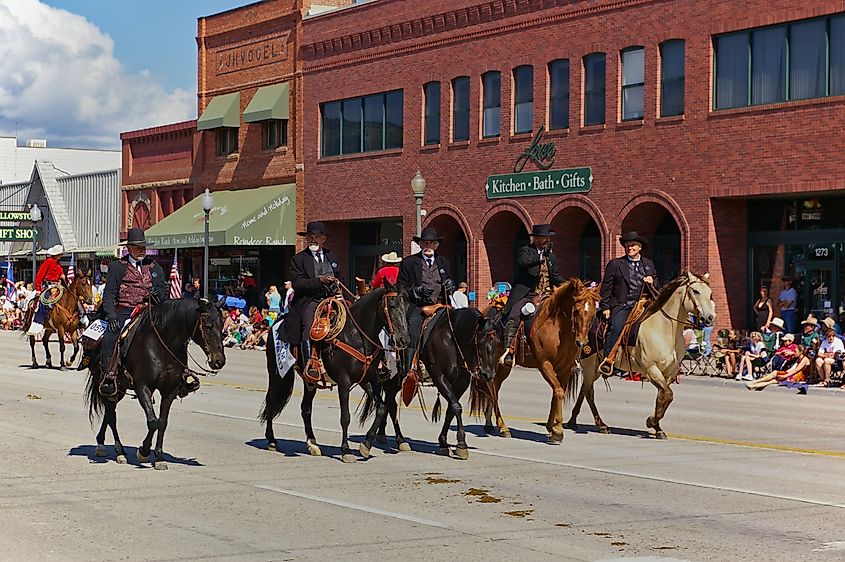
The Buffalo Bill Center of the West sits just up the road; smaller spots like the Cody Dug Up Gun Museum, packed with historic weapons and relics, keep things quirky and close to the street. Shops range from custom leather boots to bronze art studios, and during summer evenings, the Cody Nite Rodeo turns up the energy across town.
Laramie
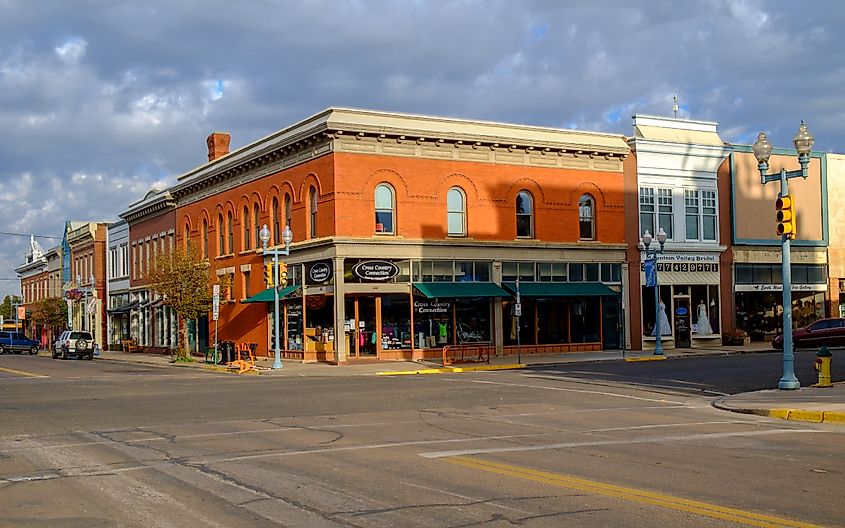
Grand Avenue runs straight through Laramie’s historic heart, framed by red-brick facades, ghost signs, and mountain air. The restored Union Pacific Train Depot anchors one end, now a hub for events and a nod to Laramie’s railroad beginnings. Down the block, the Ivinson Mansion, a Victorian home turned museum, adds depth to the walk with its original furnishings and local lore.
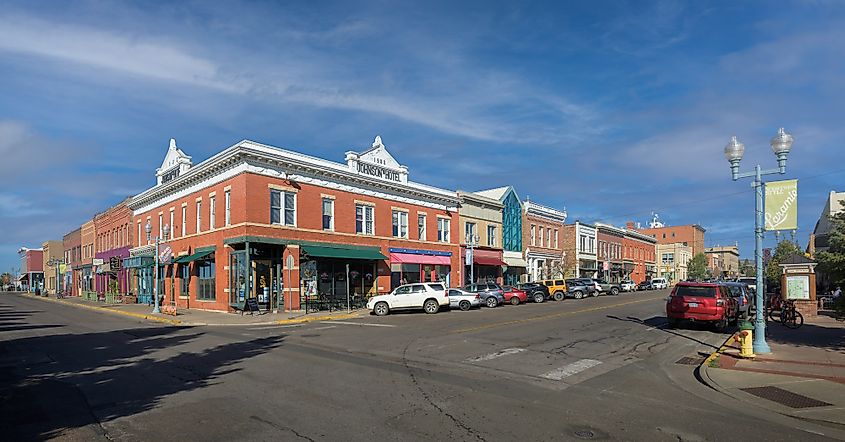
Shops and cafés spill out along the avenue, from indie bookstores to old-school barbers and Wyoming-made goods. The University of Wyoming Art Museum, with rotating exhibitions and a striking contemporary design that contrasts with the historic main street, is a must-see. Events like the Jubilee Days parade, usually held from July 5 to 13, or pop-up markets in summer bring life to the sidewalks, but even on a quiet day, Grand Avenue tells its story through the buildings and businesses that have stood here for generations.
Riverton

Riverton’s Main Street keeps things grounded in central Wyoming, with wide sidewalks and storefronts that echo its ranching heritage. Start at the Riverton Museum just off the main drag, where exhibits range from homesteader tools to Native American artifacts.
A few blocks down, you will find one of the state’s quirkiest murals: a massive depiction of early aviation that showcases Riverton’s brief run as a mail-flight hub in the 1920s. Nearby businesses include boot shops, casual diners, and a decades-old jewelry store that is still family-run. On summer weekends, Main Street hosts farmers’ markets, classic car shows, and live music. With its craft showcase, culture, and community events, Riverton offers plenty to see and do in just a few blocks.
Rock Springs
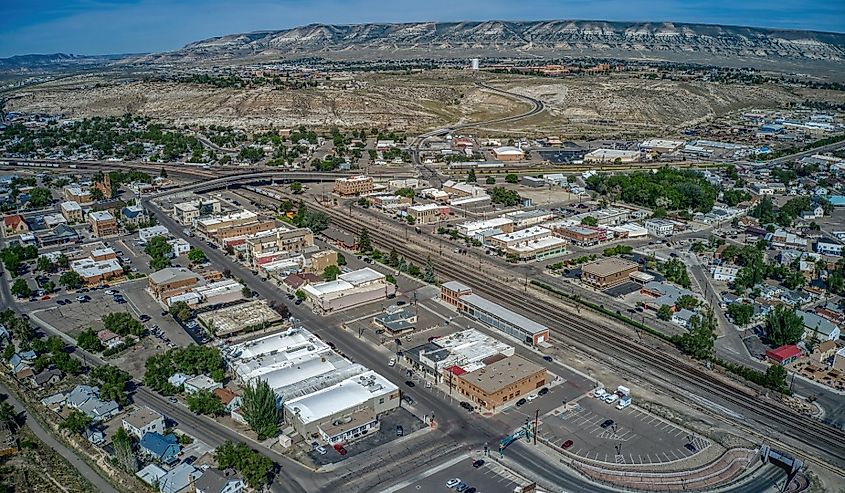
Broadway Street cuts through Rock Springs with brick buildings, neon signs, and the storefronts that have been there for ages. The Rock Springs Historical Museum, housed in the old city hall and jail, where you will find exhibits on coal mining, labor unions, and the more than 50 nationalities that built the community.
Walk a few blocks to check out the outdoor murals splashed across downtown, each one telling a different story from the city’s past. The Broadway Theater, a restored 1940s venue, still hosts live performances and film nights. Around the corner, you will find cozy coffee shops, vintage stores, and a beloved sandwich counter that’s been serving locals for generations. Every July 12, the International Day celebration fills Main Street with global food stalls and music.
Main Street in Buffalo tells stories through its saloon doors and brick hotels. In Jackson, it’s the arches, the galleries, and the steady rhythm of the square. Laramie, Sheridan, and Rock Springs each bring their own pace, shaped by the land and the people who built around it. These streets don’t just look good in photos. They carry the weight of what came before and the life that still moves through them. Walk any of them, and you will see why they matter.
